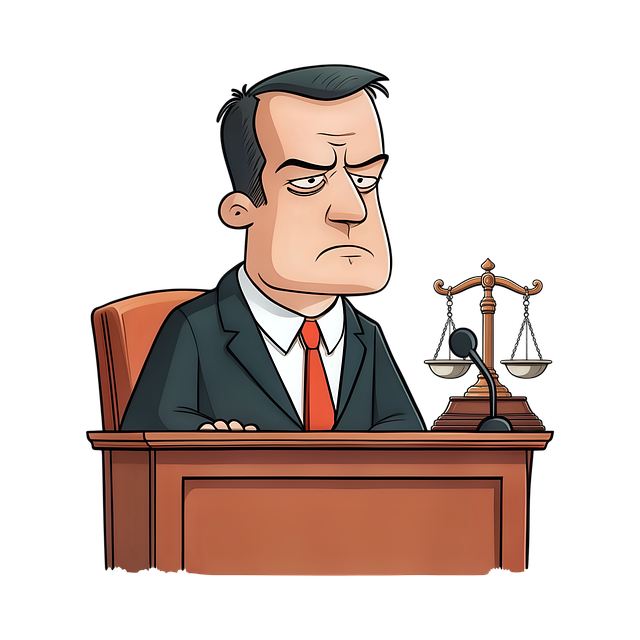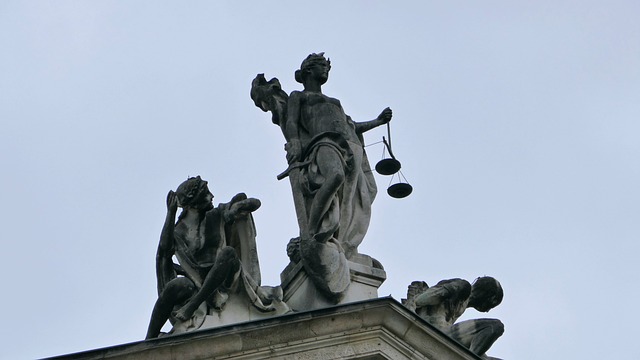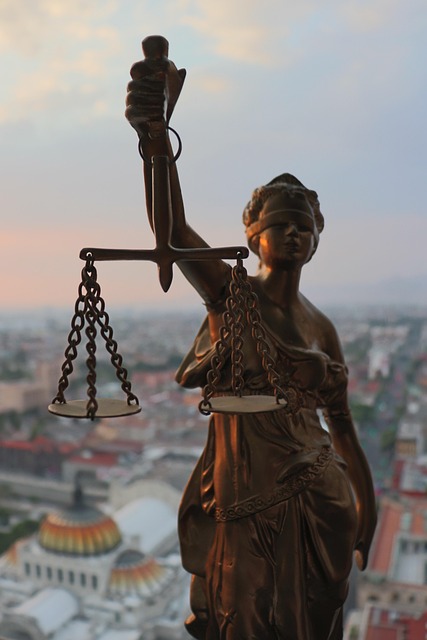Public corruption and intellectual property rights (IPR) violations, often intertwined, pose significant challenges. IPRs, crucial for fostering innovation, are targeted through bribery, copyright infringement, and patent misappropriation. High-profile cases reveal corrupt practices in pharmaceutical distribution and digital piracy, impacting communities and distorting markets. Effective combat requires robust legal frameworks, international collaboration, stringent enforcement, and public awareness campaigns targeting government and citizens. Addressing IPR violations alongside physical crimes is vital for a fair and innovative society, as seen in global success stories.
“Uncovering the intricate web of public corruption, especially through the lens of Intellectual Property Rights (IPR) violation examples, is essential for understanding modern-day challenges. This article navigates the complex landscape by defining and exploring public corruption charges, focusing on IPR-related offenses. We delve into common violations, their real-world impact, and how law enforcement agencies play a pivotal role in combating this issue. Additionally, we present preventive measures to fortify public sectors against IPR corruption, emphasizing the global efforts to eradicate these illicit practices.”
- Understanding Public Corruption Charges: Definitions and Legal Implications
- Intellectual Property Rights (IPR) in the Spotlight: Common Violations and Their Impact
- Real-World Examples: IPR Infringement as a Form of Public Corruption
- The Role of Law Enforcement and Regulatory Bodies in Addressing IPR Corruption
- Preventive Measures and Strategies to Combat IPR Violation in Public Sectors
Understanding Public Corruption Charges: Definitions and Legal Implications

Public Corruption Charges encompass a range of illicit activities where individuals or entities in power abuse their positions for personal gain. This includes acts like bribery, fraud, and misuse of public funds, which undermine democratic principles and the rule of law. Understanding these charges requires delving into the legal definitions and implications surrounding them.
In many jurisdictions, public corruption is categorized under white-collar and economic crimes, reflecting its non-violent nature but significant impact on society. Examples of intellectual property rights violation often surface in these cases, as corrupt officials may exploit loopholes or engage in bribery to secure proprietary information or advantage over competitors. Achieving winning challenging defense verdicts in such cases requires a thorough understanding of both the specific legal provisions and the unique circumstances surrounding each incident, particularly when corporate and individual clients are involved.
Intellectual Property Rights (IPR) in the Spotlight: Common Violations and Their Impact

Intellectual Property Rights (IPR) play a pivotal role in fostering innovation and creativity. When these rights are violated, it can lead to significant economic losses for businesses and individuals alike. Common IPR violations include copyright infringement, trademark counterfeiting, and patent misappropriation. For instance, the unauthorized use of copyrighted software or the replication of brand logos without permission are prevalent examples. These acts not only deprive owners of potential revenue but also undermine their market position.
In cases of severe intellectual property rights violation examples such as large-scale counterfeiting, companies often seek justice through jury trials, aiming to secure substantial damages. An unprecedented track record of successful prosecutions sends a strong message, deterring potential perpetrators from engaging in white collar and economic crimes. The impact of these violations extends beyond financial losses; they can also erode public trust, hinder technological advancements, and distort market competition.
Real-World Examples: IPR Infringement as a Form of Public Corruption
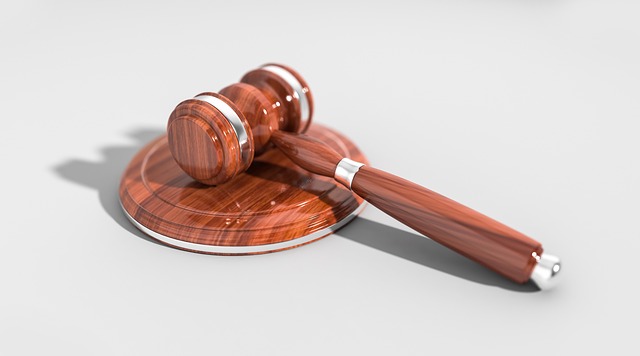
In recent years, several high-profile cases have brought to light a concerning trend—the intersection of intellectual property rights (IPR) infringement and public corruption. These real-world examples paint a stark picture of how IPR violations can permeate government and business circles, leading to significant ethical and economic implications. From officials accepting bribes in exchange for favorable patent decisions to corporate entities engaging in illicit trade of copyrighted materials, these incidents showcase the far-reaching consequences of neglecting or abusing Intellectual Property Rights.
One notable instance involves a multinational pharmaceutical company accused of paying off government officials across the country to secure exclusive distribution rights for generic medicines. By doing so, they hindered access to affordable healthcare for millions, demonstrating how IPR infringement can be a weaponized tool for corruption. Such white-collar defense strategies not only undermine fair competition but also deprive communities of essential resources. These high-stakes cases highlight the need for stricter enforcement and increased public awareness regarding intellectual property rights protection.
The Role of Law Enforcement and Regulatory Bodies in Addressing IPR Corruption
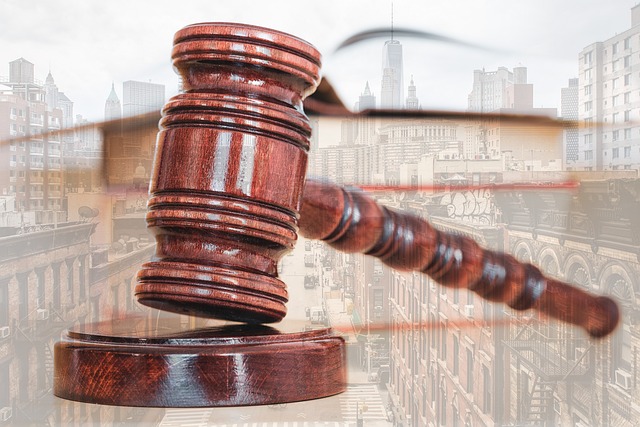
Law enforcement and regulatory bodies play a pivotal role in addressing Intellectual Property Rights (IPR) violations, which are often at the heart of public corruption charges. These entities work tirelessly to investigate and prosecute cases involving counterfeiting, pirating, and other forms of IPR infringement that harm businesses and consumers alike. They collaborate with international partners to combat global networks involved in such illicit activities.
Effective enforcement requires a multi-faceted approach. This includes robust investigative techniques, strict application of laws, and fair jury trials for those accused. For his clients, whether corporate or individual, the focus is on deterrence, education, and swift punishment to create an environment that discourages IPR violations. Regulatory bodies also play a crucial role in setting standards and guidelines, ensuring businesses operate ethically and responsibly, and protecting consumers from harmful practices, thereby reducing the prevalence of these corrupt activities.
Preventive Measures and Strategies to Combat IPR Violation in Public Sectors

Combating Intellectual Property Rights (IPR) Violation in public sectors requires a multi-faceted approach. Preventive measures should start with robust legal frameworks that enforce strict penalties for IPR infringements, including asset forfeiture and criminal liability for offenders. Education and awareness campaigns aimed at both government employees and the general public are crucial to fostering respect for intellectual property. Implementing secure digital systems and data protection protocols can prevent unauthorized access and copying of proprietary information.
Additionally, promoting a culture of integrity within public institutions is essential. This involves establishing independent oversight bodies to monitor and investigate IPR violations, ensuring transparency and accountability. Collaboration between government agencies, law enforcement, and private sector stakeholders is vital for sharing intelligence, best practices, and resources in combating IPR infringements. Achieving extraordinary results in this area requires addressing white-collar and economic crimes with the same level of urgency as physical offenses, demonstrating a zero-tolerance policy towards IPR violations for his clients.
Public corruption, particularly through Intellectual Property Rights (IPR) violations, poses significant challenges globally. As seen through real-world examples, IPR infringement can take various forms, from patent falsification to trademark counterfeiting, often resulting in substantial economic losses and undermining innovation. Effective combat requires coordinated efforts from law enforcement, regulatory bodies, and proactive strategies within public sectors. By implementing stringent measures and staying vigilant, we can mitigate IPR corruption, fostering a more transparent and innovative global environment. Understanding these charges and their legal implications is crucial in navigating the complex landscape of intellectual property protection.
